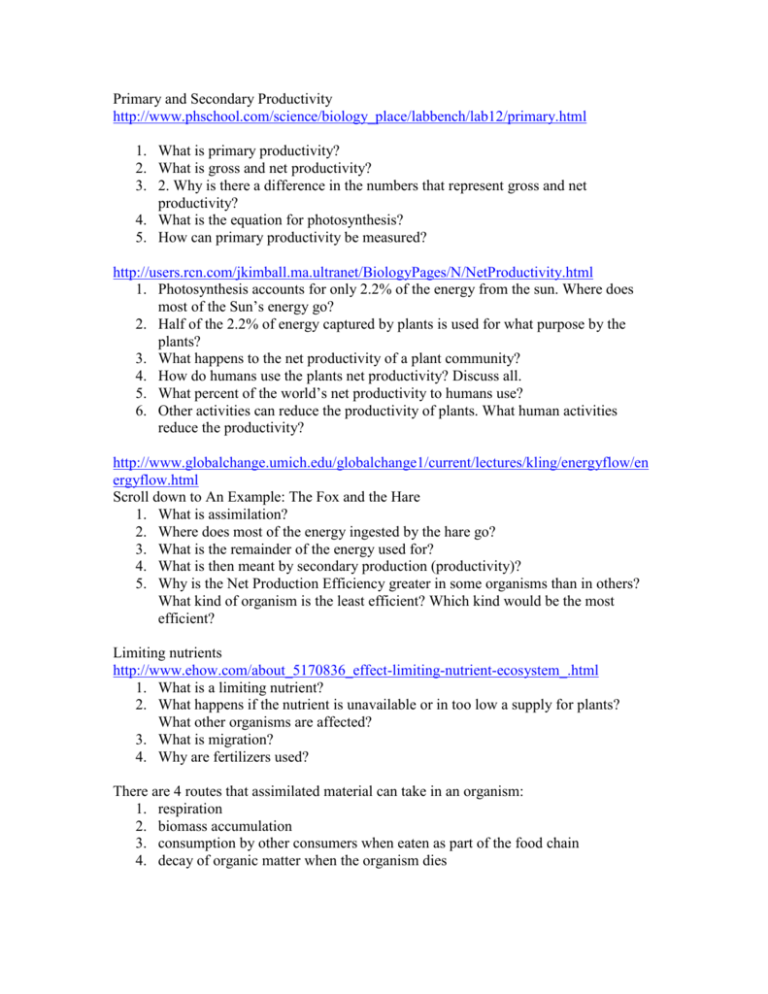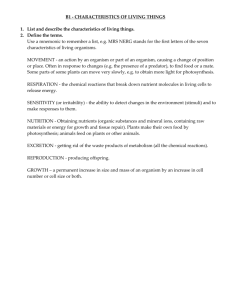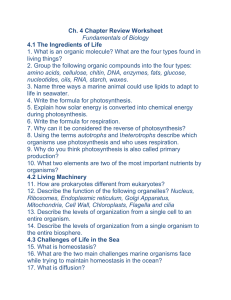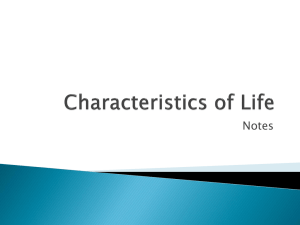Primary and Secondary Productivity http://www.phschool.com
advertisement

Primary and Secondary Productivity http://www.phschool.com/science/biology_place/labbench/lab12/primary.html 1. What is primary productivity? 2. What is gross and net productivity? 3. 2. Why is there a difference in the numbers that represent gross and net productivity? 4. What is the equation for photosynthesis? 5. How can primary productivity be measured? http://users.rcn.com/jkimball.ma.ultranet/BiologyPages/N/NetProductivity.html 1. Photosynthesis accounts for only 2.2% of the energy from the sun. Where does most of the Sun’s energy go? 2. Half of the 2.2% of energy captured by plants is used for what purpose by the plants? 3. What happens to the net productivity of a plant community? 4. How do humans use the plants net productivity? Discuss all. 5. What percent of the world’s net productivity to humans use? 6. Other activities can reduce the productivity of plants. What human activities reduce the productivity? http://www.globalchange.umich.edu/globalchange1/current/lectures/kling/energyflow/en ergyflow.html Scroll down to An Example: The Fox and the Hare 1. What is assimilation? 2. Where does most of the energy ingested by the hare go? 3. What is the remainder of the energy used for? 4. What is then meant by secondary production (productivity)? 5. Why is the Net Production Efficiency greater in some organisms than in others? What kind of organism is the least efficient? Which kind would be the most efficient? Limiting nutrients http://www.ehow.com/about_5170836_effect-limiting-nutrient-ecosystem_.html 1. What is a limiting nutrient? 2. What happens if the nutrient is unavailable or in too low a supply for plants? What other organisms are affected? 3. What is migration? 4. Why are fertilizers used? There are 4 routes that assimilated material can take in an organism: 1. respiration 2. biomass accumulation 3. consumption by other consumers when eaten as part of the food chain 4. decay of organic matter when the organism dies











